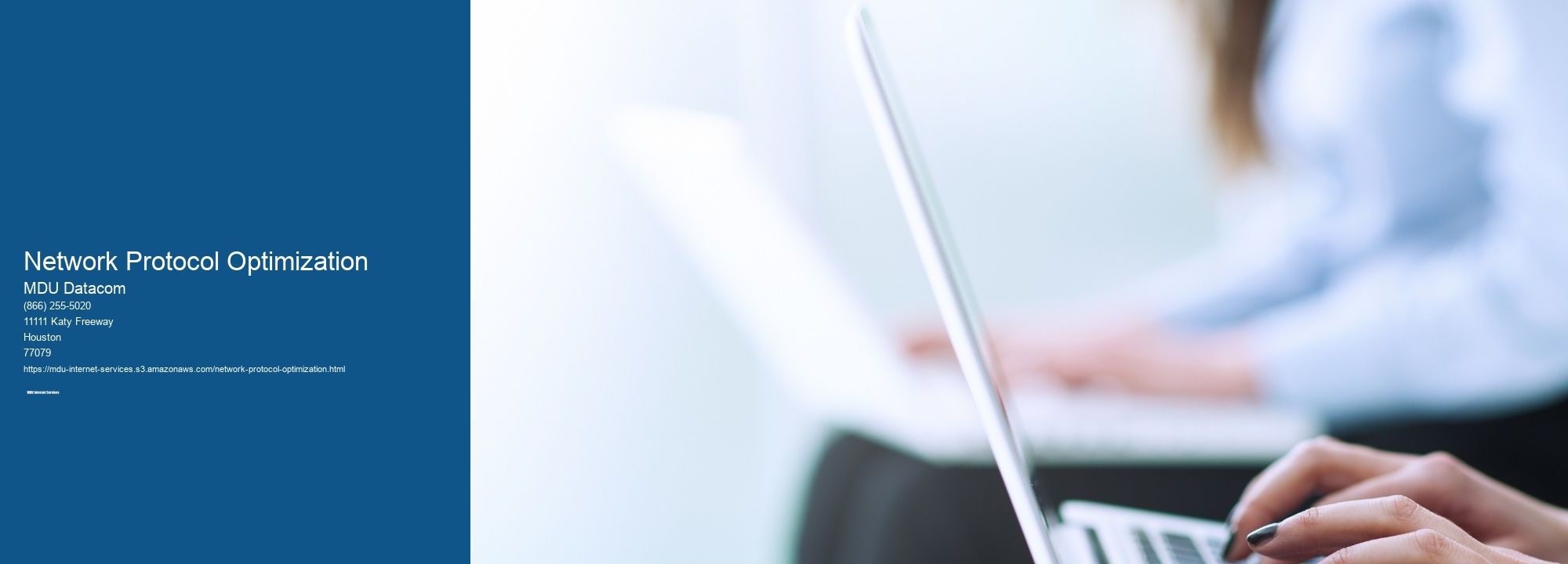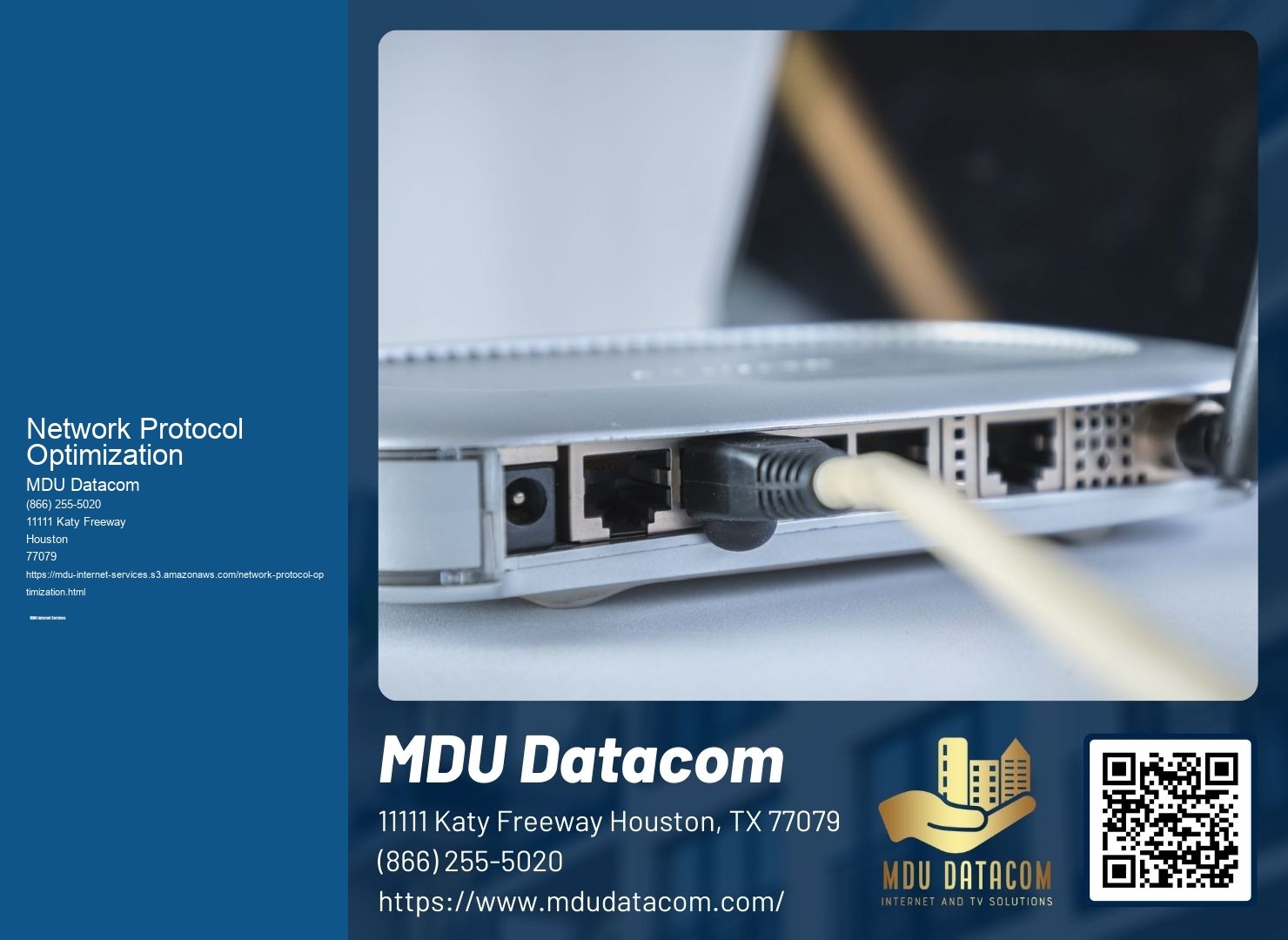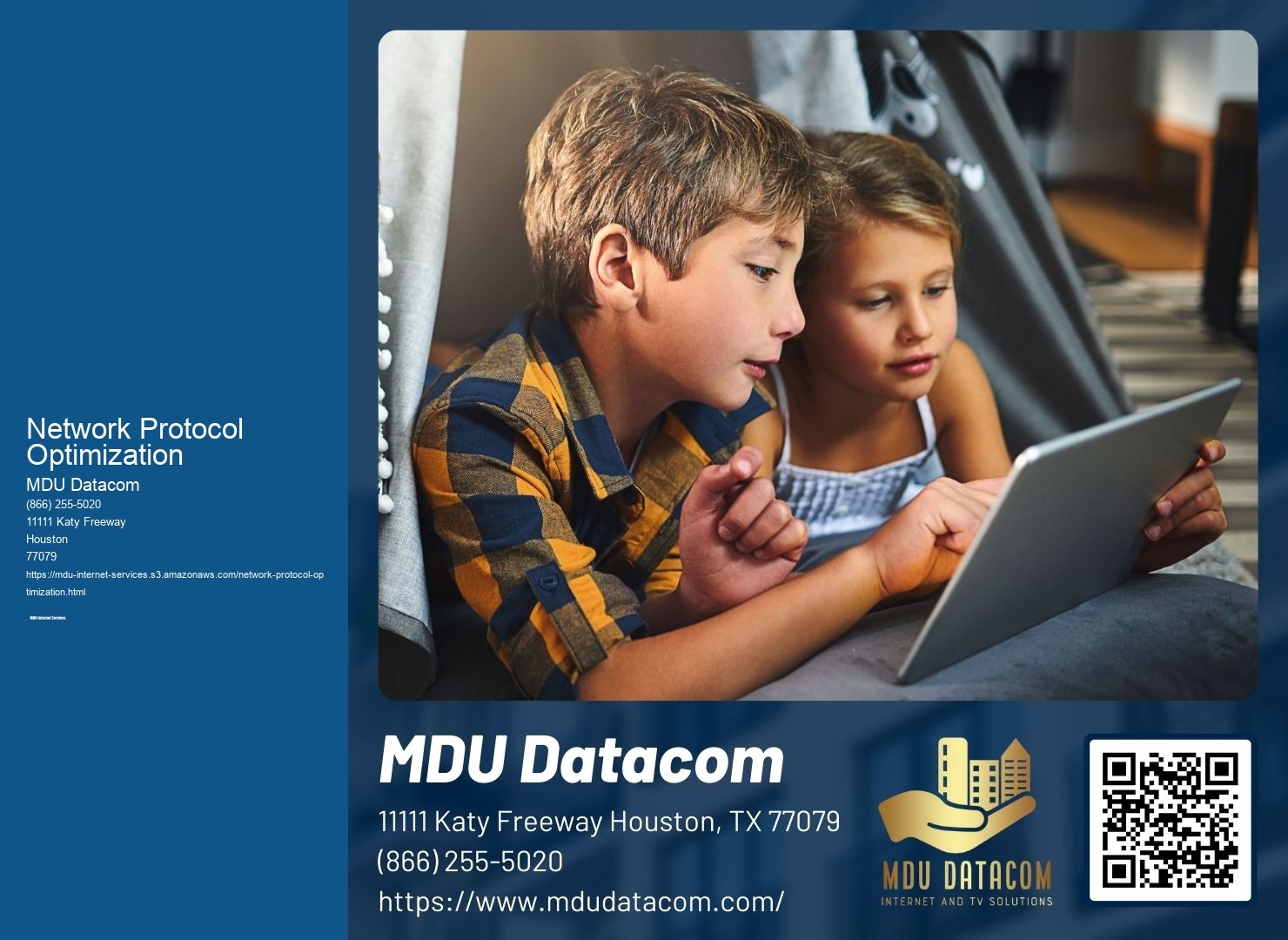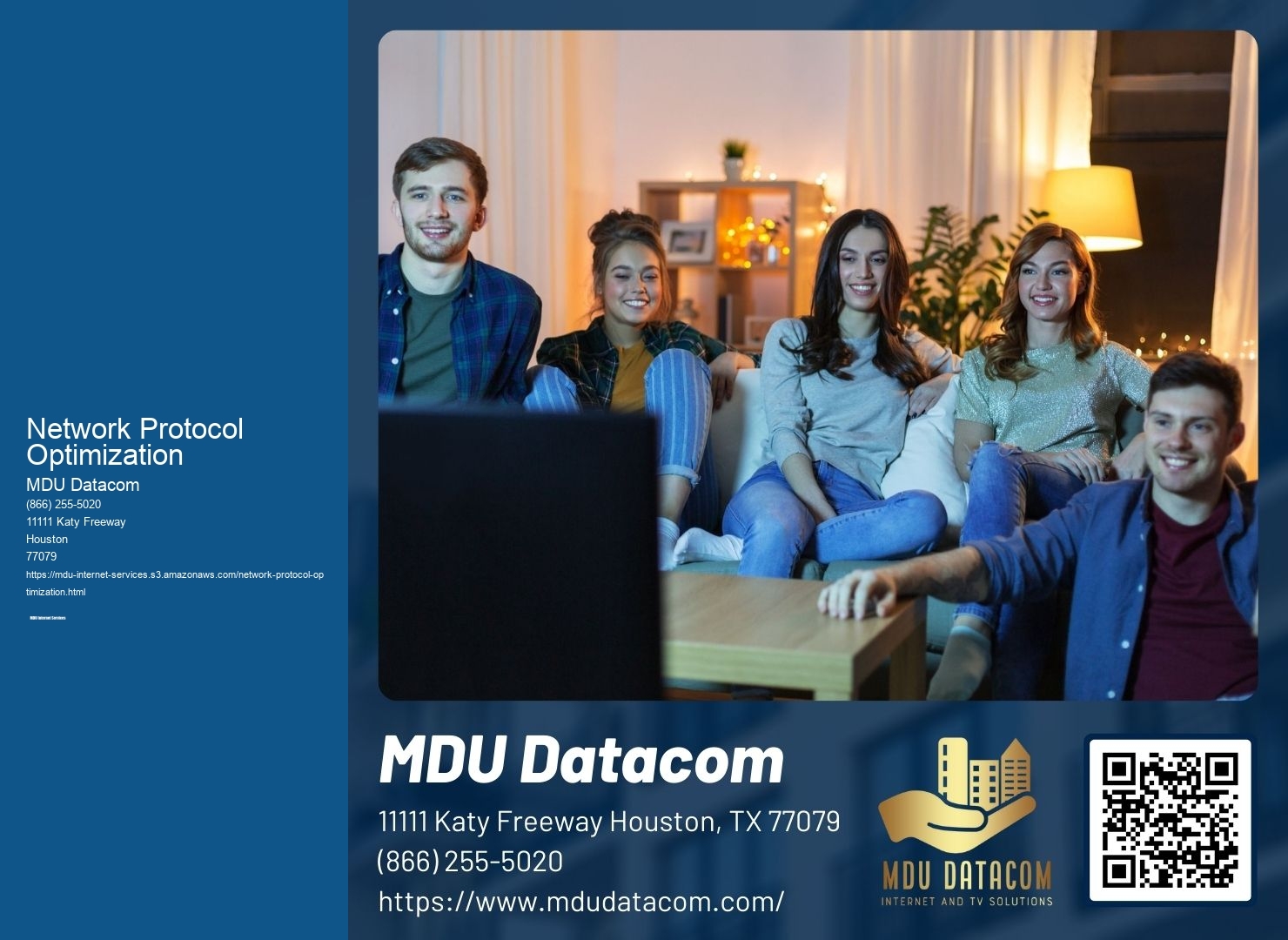

DRM implementation faces several challenges and criticisms. One major challenge is striking a balance between protecting copyright holders' rights and ensuring fair use and access for consumers. Critics argue that DRM can be overly restrictive, limiting consumers' ability to make legitimate use of the content they have purchased.
While DRM systems aim to prevent unauthorized copying and distribution, they are not foolproof and can be bypassed or cracked. There have been instances where individuals or groups have successfully circumvented DRM measures, allowing for the unauthorized copying and sharing of copyrighted content. The consequences for those who attempt to bypass or crack DRM can vary depending on the jurisdiction and the specific circumstances.
DRM can impact the consumer's ability to access and use digital content across different devices and platforms. DRM often requires specific software or hardware to be installed or used, which can limit compatibility and interoperability. This means that consumers may face restrictions on transferring their purchased content to different devices or accessing it on platforms that are not supported by the DRM system. Additionally, DRM can introduce complexities and limitations in terms of sharing content with others or making personal backups, potentially affecting the overall user experience and convenience.

Alternative approaches to DRM have been proposed or implemented to address some of the challenges and criticisms associated with traditional DRM systems. One approach is the use of watermarking or fingerprinting techniques that allow for tracking and identification of copyrighted content without imposing strict access controls. Another approach is the adoption of open standards and interoperable systems, which promote greater compatibility and flexibility for consumers. Some argue for the use of voluntary licensing schemes or digital rights registries to simplify the process of obtaining permissions for using copyrighted content. These alternative approaches aim to find a balance between protecting intellectual property rights and ensuring consumer rights and access.
Residential Complex Broadband ProvidersDRM has a significant impact on the balance between protecting intellectual property rights and promoting innovation and creativity. On one hand, DRM provides copyright holders with the means to protect their works and receive fair compensation, which can incentivize the creation of new content. It also helps maintain the economic value of copyrighted material, encouraging investment in creative industries. On the other hand, DRM can be seen as overly restrictive, limiting the ability of consumers to access and use digital content. This can hinder innovation and creativity by creating barriers to entry and limiting the availability of content on different platforms. Striking the right balance between these competing interests is a complex challenge that requires careful consideration of both legal and ethical aspects.
High-Speed Internet for Multi-Housing Units
Network protocol optimization can improve the efficiency of data transmission by reducing the amount of data that needs to be transmitted and minimizing the time it takes for data to reach its destination. This can be achieved through various techniques such as compression, where data is compressed before transmission and decompressed at the receiving end, reducing the overall size of the data being transmitted. Additionally, protocol optimization can involve the use of caching, where frequently accessed data is stored locally, reducing the need for repeated transmission. By optimizing network protocols, the efficiency of data transmission can be significantly improved, resulting in faster and more reliable communication.
When optimizing network protocols for low latency, several key factors need to be considered. One important factor is the choice of protocol itself.

MDU, or multi-dwelling unit, does offer incentives for residents to participate in community-wide internet infrastructure improvement projects. These incentives can include reduced or discounted internet service fees, upgraded internet speeds, improved network reliability, and access to advanced features and services. Additionally, MDU may provide residents with educational resources and support to help them understand the benefits of participating in these projects and how they can contribute to the overall improvement of the community's internet infrastructure. By incentivizing residents to participate, MDU aims to create a collaborative and engaged community that actively works towards enhancing the internet experience for all residents.
MDU, or Multi-Dwelling Unit, understands the challenges faced by properties with strict budget constraints or limited resources when it comes to internet service upgrades. To address this issue, MDU offers flexible and cost-effective solutions tailored to the specific needs of such properties. They work closely with property owners and managers to assess the existing infrastructure and determine the most efficient and affordable way to upgrade the internet service. This may involve utilizing existing wiring or infrastructure, implementing innovative technologies, or exploring alternative funding options. MDU also collaborates with internet service providers to negotiate competitive pricing and ensure that the upgraded service meets the budgetary constraints of the property. By taking into account the unique circumstances of each property, MDU strives to provide reliable and high-speed internet service while minimizing the financial burden on the property.
MDU, or Multiple Dwelling Unit, handles requests for internet service installations in properties with unique architectural features or layouts by employing a team of highly skilled technicians who specialize in navigating complex and unconventional building structures. These technicians possess extensive knowledge of various installation techniques and are equipped with state-of-the-art tools and equipment to ensure a seamless and efficient installation process. Additionally, MDU collaborates closely with property owners and managers to gather detailed information about the unique architectural features or layouts of the property, allowing them to develop customized solutions that cater to the specific needs and challenges presented by these properties. By leveraging their expertise and utilizing innovative technologies, MDU is able to successfully provide internet service installations in properties with unique architectural features or layouts, ensuring that residents have access to reliable and high-speed internet connectivity.
MDU internet services do not impose any restrictions on accessing specific websites or online content. Users have the freedom to browse the internet without any limitations or censorship. Whether it's streaming videos, accessing social media platforms, or exploring various online resources, MDU internet services provide an open and unrestricted online experience. Users can enjoy seamless connectivity and access to a wide range of websites and online content without any hindrances or limitations.
MDU, also known as Multi-Dwelling Unit, does offer environmentally friendly internet options and initiatives within properties. They understand the importance of sustainability and have implemented various measures to reduce their carbon footprint. One of their initiatives includes providing internet services that are powered by renewable energy sources such as solar or wind power. Additionally, MDU promotes energy-efficient equipment and infrastructure, such as routers and servers that are designed to consume less energy. They also encourage residents to adopt eco-friendly practices by offering incentives for using energy-saving features on their devices and promoting paperless billing options. Overall, MDU is committed to providing environmentally friendly internet options and continuously seeks ways to minimize their impact on the environment.
MDU (Multi-Dwelling Unit) employs various techniques to monitor and manage network traffic in order to optimize internet performance. One such technique is the implementation of deep packet inspection (DPI), which allows MDU to analyze the content and structure of network packets in real-time. By examining the data within each packet, MDU can identify the type of traffic, such as video streaming or file downloads, and prioritize it accordingly. Additionally, MDU utilizes Quality of Service (QoS) mechanisms to allocate bandwidth resources based on the specific needs of different applications and users. This ensures that critical services, such as VoIP or online gaming, receive sufficient bandwidth to maintain optimal performance. Furthermore, MDU employs traffic shaping techniques to regulate the flow of data, preventing congestion and ensuring a smooth user experience. By constantly monitoring and managing network traffic, MDU can proactively identify and address any bottlenecks or performance issues, ultimately optimizing internet performance for its users.
MDU, or Multi-Dwelling Unit, handles requests for internet service cancellation or termination within properties in a streamlined and efficient manner. When a customer wishes to cancel or terminate their internet service, they can contact the MDU customer service department through various channels such as phone, email, or online chat. The customer service representatives are well-trained and knowledgeable in handling such requests and are equipped with the necessary tools and resources to assist customers in the cancellation process. They understand the importance of providing prompt and accurate service and strive to ensure a smooth transition for the customer. Additionally, MDU has established policies and procedures in place to handle cancellation requests, ensuring that all necessary steps are taken to terminate the service and address any outstanding issues such as equipment return or final billing. Overall, MDU is committed to providing excellent customer service and ensuring that the cancellation or termination process is handled with utmost professionalism and efficiency.